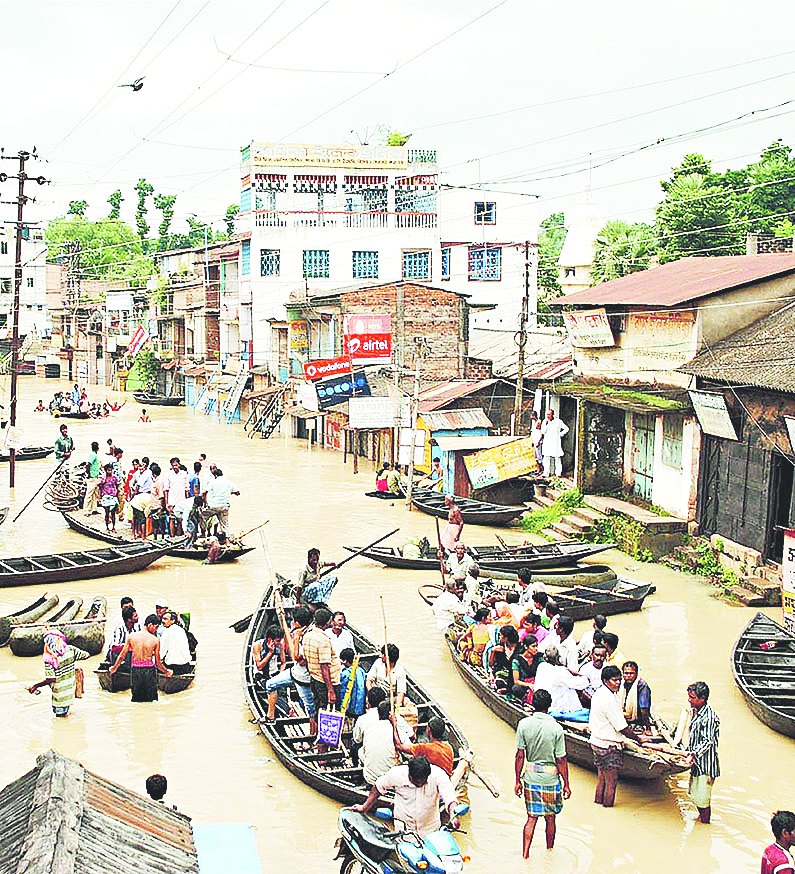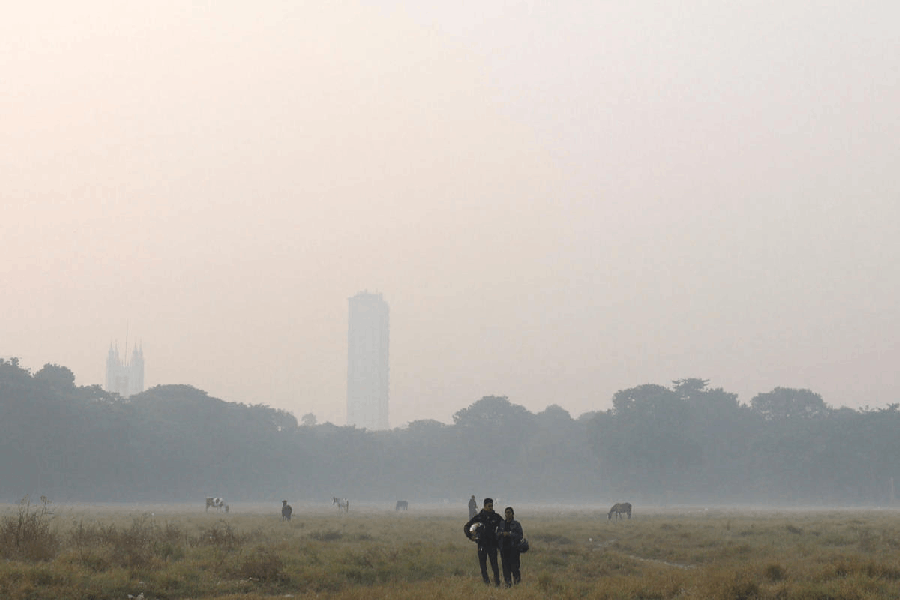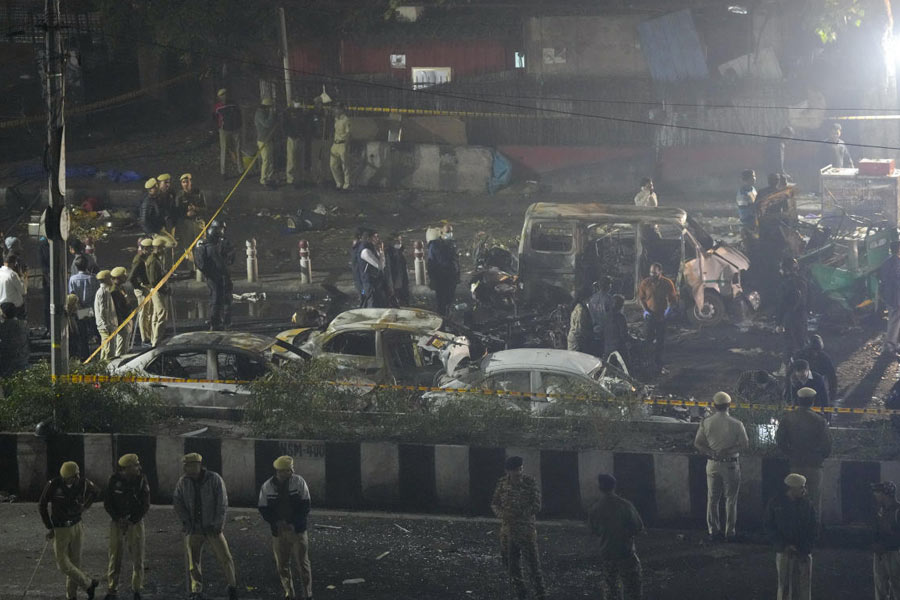
India faces the twin challenges of climate change and population growth. That the Indian monsoon pattern has been rapidly changing owing to climate change even more than El Nino during these past 20 years is now well acknowledged universally, except among our meteorological forecasters and experts. Weather forecasting in the last century was a butt of popular jokes but attitudes have, of late, undergone a dramatic change and the weather forecasts in advanced countries now tend to be accurate almost on an hourly basis. Long-term forecasts have, for a while, repeatedly warned of dramatic and unpredictable weather patterns across the world, causing unprecedented droughts and floods.
That the Indian monsoon pattern has been significantly changing and becoming increasingly unpredictable has been obvious at least for the past 10 years, if not more. During the monsoon season, long periods of drought, followed by cloudbursts and deluge, seem more frequent and cause widespread damages. The recent floods and loss of life all across eastern India as well as Gujarat, Rajasthan and Madhya Pradesh are examples of erratic weather patterns, while the rest of the country remains in the grip of a drought-like condition. This is the pattern of this year's monsoon. Farmers in different parts of the country are trying to adapt to the vagaries of weather as best as they can, but India's sustainable agriculture faces serious unknown and uncertain challenges.
Side by side, India faces another and equally severe challenge. India's population growth and hyper migration of rural people into the cities have triggered a number of events, for example, a real estate bubble, which is supposed to cater to the explosive housing demand for those who can buy. To a very significant extent, such housing construction has also generated employment for the rural unskilled young migrating into urban India.
In and around large, medium and smaller cities, natural water bodies, reservoirs, mangroves, forest cover and natural estuaries are being rapidly destroyed by the widespread concreting of roads, the growth of multi-storey homes as well as slums and hutments. This is an unavoidable but dangerous trend, spreading across the country. One major reason for the severe floods and devastation in parts of India due to cloudbursts is that it was further exacerbated by the twin excesses of building activities and unrelenting movement of people in search of livelihood.
India, along with its South Asian neighbours, faces what can be best described as the real and present twin dangers of climate change and population growth, with several and inevitable disastrous consequences.
The plans to dredge and clean up major waterways and rivers such as the Ganga and Yamuna, for example, have remained on paper for several years without any visible progress. The ongoing discussion on the Teesta River issue with Bangladesh provides an immediate opportunity to both India and West Bengal to, in the first instance, put in place a bold and imaginative plan, not only to increase the availability of water for both Bangladesh and India but, at the same time, also to revive canals and plan new programmes, to prevent frequent and seasonal flooding as well as water shortage in both countries. Thus the West Bengal government and the government of India should jointly put in place a master plan on a war footing for conservation of water, and redirecting excess seasonal precipitation to water-starved areas in neighbouring states. Undertaking such a master plan can lead to a rewarding resolution of the long pending Teesta river treaty with Bangladesh while benefiting West Bengal.
The annual flooding of the Brahmaputra is another huge challenge as well as a great opportunity. The more than 50-year-old plans for connecting waterways, linking a number of Indian rivers to conserve water during the monsoon season and direct the bulk of the excess water to drought-prone neighbourhood states, remain on paper. This is primarily due not only to interstate disputes, but the wider lack of appreciation of the long-term dangers of inactivity at the national level. Sharing of water cannot continue to remain a subject of interstate disputes or endless Centre-state arguments. The spread of desertification across large tracts of the country is a reality, but its stark danger is not yet comprehended in the public domain.
Satellite surveys have starkly revealed the precipitous loss and shrinkage of ground water aquifers, particularly in north and central India. There are no evident or serious official plans or programmes to rejuvenate groundwater replenishment or well-planned watershed revival schemes, particularly in the drought prone regions of the country.
In a few years time, India will have the distinction to be the most populated nation in the world. Yet, there are no serious debates or discussions regarding the rapidly deteriorating condition of daily life and livelihood of the people of India. The Green Revolution was the product of an existential threat to the survival of India. Global warming and population growth now pose even a much greater threat, in the coming decades, to the very survival of large sections of India's younger generation.
The prominent issues of national discourse do not even remotely touch upon these real threats to India's future and its very existence. The time for our political, social and opinion leaders to wake up to the urgency of the twin threats that the nation faces is long overdue. India must begin by putting in place a national road map by the Centre and each of the states, along with assembled experts from India and abroad. Besides planning to confront the rising dangers of terrorism, India needs an equally urgent national plan to manage the needs of water and food for its growing population, and especially the poor.
India's topmost priority is to seriously heed the overwhelming warnings of the dire consequences of climate change and population growth. History is replete with evidence of the demise of civilizations facing not dissimilar threats and not being able to successfully cope with the consequences.
Maybe not much can be done significantly, at this stage, to slow India's population growth but there is no alternative to urgently acknowledging and dealing with the devastating consequences of climate change. Water availability management is India's topmost priority. Successfully managing the Teesta water agreement, underpinned by a master plan for reviving and revitalizing the rivers and reservoirs in West Bengal is a godsent opportunity to signal the nation's determination and commitment to take charge of the destiny of our people. The alternative is unimaginable.











